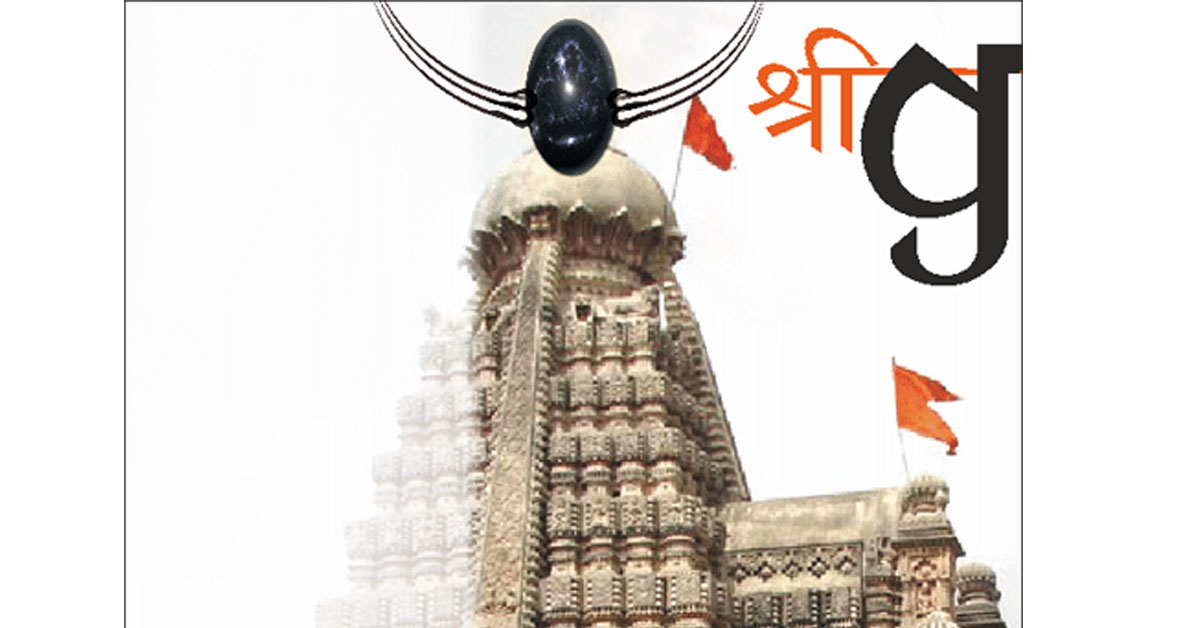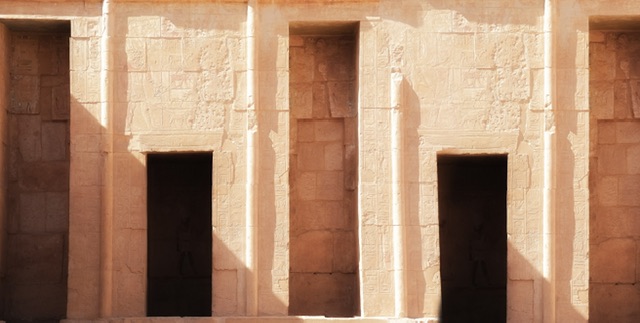Jyotirlingas:
Centuries ago Lord Shiv is said to have revealed himself to his true devotees in the form of a jyoti or a light. On their request for Him to reside by them for eternity, He installed Himself near them, as a linga, which is now known as Jyotirlinga.
In this series of articles we will take you through the 12 Jyotirlingas as described in the following Sanskrit shloka (Dwadasha Jyotirlingum Strota) –
सौराष्ट्रे सोमनाथं च श्रीशैले मल्लिकार्जुनम्।
उज्जयिन्यां महाकालमोङ्कारममलेश्वरम्॥
परल्यां वैद्यनाथं च डाकिन्यां भीमशङ्करम्।
सेतुबन्धे तु रामेशं नागेशं दारुकावने॥
वाराणस्यां तु विश्वेशं त्र्यम्बकं गौतमीतटे।
हिमालये तु केदारं घुश्मेशं च शिवालये॥
एतानि ज्योतिर्लिङ्गानि सायं प्रातः पठेन्नरः।
सप्तजन्मकृतं पापं स्मरणेन विनश्यति॥
एतेशां दर्शनादेव पातकं नैव तिष्ठति।
कर्मक्षयो भवेत्तस्य यस्य तुष्टो महेश्वराः॥:
द्वादश ज्योतिर्लिंग स्तोत्रम्
Ghushmeshwar Jyotirlinga is believed to be the last or twelfth Jyotirlinga on the earth as mentioned in the Shiv Puran (Kotirudra Samhita, Ch.32-33). Situated in the state of Maharashtra, this pilgrimage site is located at a village called Verul, at a distance of 11 km from Daulatabad (Devagiri) and 30 km from Aurangabad. It is 1.2km from the Ellora caves.
The Legend
According to Shiv Puran, in the southern direction, on a mountain named Devagiri lived a Brahmin called Brahmavetta Sudharm along with his wife Sudeha. Despite years of prayers and having tried all kinds of remedies, they could not conceive a child. Frustrated, Sudeha got her sister Ghushma married to her husband. On the advice of her sister, Ghushma would make 101 lingas, worship them and discharge them in the nearby lake. With the blessings of Lord Shiv, Ghushma gave birth to a baby boy. In due course of time, Sudeha became jealous and killed Ghusma’s son, drowning him in the very lake where the sister would immerse the lingas. Following morning, the news of the son’s death was broken to Sudharm and Ghushma who were engaged in their daily prayers. Neither of them deterred from the practice. Ghushma later said the son was a blessing of Lord Shiv, and it is Him who would protect him. Later she went to the lake to immerse the shivlings as was usual, only to find her son return. Ghushma remained unmoved. Pleased with her devotion, Lord Shiv appeared before her and told her of her sister’s foul play. Ghushma asked for forgiveness for her sister. Pleased with her generosity, Lord Shiv granted her another boon. Ghushma then requested the Lord to reside there eternally for the benefit of the multitudes in form of a Jyotirlinga. ‘Tathastu’, blessed the mighty Lord and manifested as a pillar of light named ‘Ghushmeshwar’, the Lord of Ghushma. The lake came to be known as Shivalaya thereafter.
The Temple
The temple still stands as strong and beautiful today in its 240 ft x 185 ft complex. Halfway up the temple, Dashavataras and other beautiful statutes are carved in red stone. A court hall is built on 24 beautifully carved pillars. The Garbhagriha measures 17 ft x 17 ft. The Linga murti faces eastward. There is a gorgeous Nandikeshwara in the court hall.
Ghushmeshwar Temple, Rajasthan
There is one more location which matches the ancient description of the Ghushmeshwar Temple. This is the ancient temple in Shivar Town, 40 km from Sawai Madhopur, in Rajasthan, India. Readers may note that the town of Shivar was known as Shivalaya in olden times, and has a mountain called Devagiri in the south and a pond called Shivalaya in the north, as it is described in Shiv Puran.
How to reach:
Nearest Airport is located at Aurangabad, which is at distance of about 29 km from the city of Ghushmeshwar (Verul village). Regular flight services are available from Aurangabad Airport to Jaipur, Mumbai, Udaipur and Delhi.
Nearest major Railway Station is Manmad at a distance of 140 km. Aurangabad Station is not on the main route.
Railway stations near Ghushmeshwar:
– Aurangabad (AWB) 22 km from Ghushmeshwar
– Manmad Junction (MMR) 86 km from Ghushmeshwar
Timings:
The morning mangal aarti starts around 4 am and temple is open for darshan till 10 pm when the night aarti is performed. However, in the month of Shravan, it is open from 3 am to 11 pm.
Editors Note:
For the benefit of mankind Adidev Mahadev Shiv blessed 12 Shivlings with His Divine Light. The proof of Lord Shiv’s power is evident from the fact that in spite of being invaded by every possible community and race, all the 12 Jyotirlingas still stand intact; each Jyotirlinga blessing the created world with a unique energy. We shall make an honest attempt to delve into this aspect of Vedic gods.
The Jyotirlingas and any other place of pilgrimage are vortices of energy, places where rishis and munis have performed penance and concentrated the shakti of their tapobal.
A word of caution, DO NOT USE THESE PLACES AS WISHING WELLS, for even god cannot give you what your karmas do not permit. Just visiting a Jyotirlinga is pointless for they are not picnic spots. If they are used for social outings then you will disturb the energies there and bring misfortune to yourself.
These places must only be visited for the purpose of sadhna, as guided by one’s Guru. These are places to open up the blocks in one’s sadhna and untie the bondages of maya. Visiting them with the desire for physical (maya) or entertainment only leads to a mismatch in energy of the visitor and the place, and may have adverse effects. The various calamities that happen at such places are ample proof of this. These places are for vairagya and moksh, not for fun and games.





